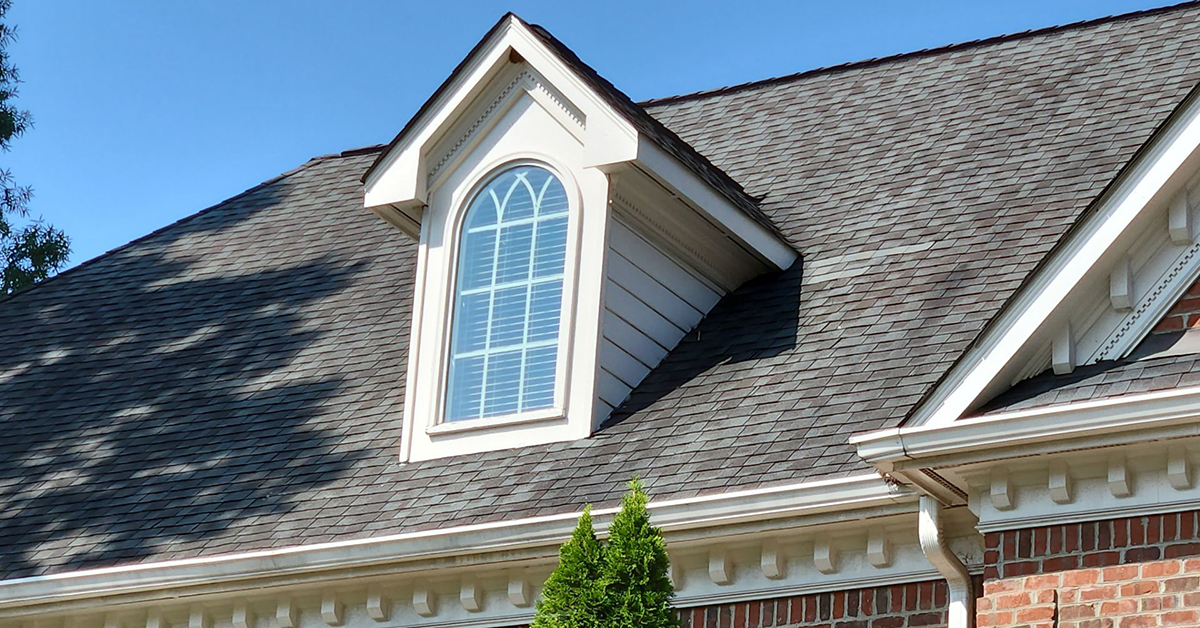Your home is one of your most significant investments, and maintaining it is crucial to preserving its value and ensuring its longevity. While it’s easy to focus on the interior and curb appeal, one area often overlooked is the roof. This blog post aims to highlight the pivotal role roof inspections play in home maintenance and value. We’ll cover why roof inspections are necessary, how they can save you money, and the best practices for ensuring your roof remains in top condition.
The Impact of Neglecting Roof Inspections
Neglecting roof inspections can lead to a host of issues that may compromise the safety and value of your home. Water damage is one of the most common problems resulting from an unchecked roof. Leaks can infiltrate your home, causing mold growth and structural damage. These issues aren’t just costly to repair—they can also pose serious health risks to you and your family.
Another significant problem is the deterioration of roofing materials. Over time, shingles can become brittle, tiles can crack, and metal can rust. Without regular inspections, these minor issues can escalate into major problems, necessitating expensive repairs or even a complete roof replacement.
Statistics underline the importance of regular roof inspections. According to the National Roofing Contractors Association (NRCA), homeowners who neglect roof maintenance are likely to spend an average of 50% more on repairs over the life of their roof compared to those who perform annual inspections. This highlights the financial and safety risks associated with ignoring your roof.
Value of Routine Roof Inspections
Routine roof inspections offer numerous benefits that extend beyond immediate financial savings. One of the most significant advantages is the extension of your roof’s lifespan. By identifying and addressing minor issues before they become major problems, you can significantly extend the life of your roof, saving you the cost and hassle of early replacement.
Furthermore, proactive maintenance can enhance your home’s value. A well-maintained roof is a strong selling point for potential buyers, providing them with peace of mind that the property has been well cared for. This can translate into higher resale values and quicker sales.
Preventing major repairs is another critical benefit of regular inspections. Catching issues early means you can fix them at a fraction of the cost and effort it would take to address them later. This not only saves you money but also minimizes disruptions to your daily life.
When and How Often to Inspect Your Roof
Knowing when and how often to inspect your roof is key to effective maintenance. Generally, it’s advisable to conduct roof inspections at least twice a year—once in the spring and once in the fall. These seasons are ideal because they follow harsh weather conditions that can cause damage, such as winter snow and summer storms.
However, certain factors may necessitate more frequent inspections. For example, if your area experiences severe weather events like hurricanes or heavy snowfall, additional checks are prudent. Similarly, older roofs require more frequent inspections to catch age-related wear and tear early.
Seasonal checks are also essential. In the fall, you should look for leaves and debris that can clog gutters and cause water backup. In the spring, focus on identifying any damage caused by winter weather, such as ice dams or broken shingles.
DIY vs. Professional Inspections
When it comes to roof inspections, you have two primary options—DIY or professional inspections. Each approach has its pros and cons, and the best choice depends on your situation.
DIY inspections can be cost-effective and convenient. They allow you to keep an eye on your roof regularly without incurring additional expenses. However, they require a certain level of knowledge and comfort with heights. It’s also easy to miss subtle signs of damage that a trained eye would catch.
Professional inspections, on the other hand, offer the expertise and thoroughness that DIY inspections might lack. Professionals have the training and tools to identify issues that might go unnoticed. They can also provide detailed reports and recommendations, giving you a comprehensive understanding of your roof’s condition. While this option is more costly, the peace of mind and potential savings on future repairs make it worthwhile.
What to Look for During an Inspection
Whether you’re conducting a DIY inspection or hiring a professional, knowing what to look for can make the process more effective. Here’s a checklist to guide you:
- Shingle Condition: Look for cracked, curled, or missing shingles. These are signs of wear and tear that need immediate attention.
- Flashing: Check the metal strips around chimneys, vents, and skylights. Ensure they are intact and sealed properly to prevent water ingress.
- Gutters and Downspouts: Ensure they are clear of debris and securely attached to your home. Blocked or damaged gutters can cause water to back up and damage your roof.
- Moss and Algae: While they might seem harmless, moss and algae can trap moisture and cause shingles to deteriorate. Address these issues promptly.
- Interior Signs: Don’t forget to inspect the inside of your home for signs of roof damage. Look for water stains on ceilings and walls, which could indicate leaks.
The Role of Technology in Modern Roof Inspections
Technology has revolutionized roof inspections, making them more accurate and efficient. Drones equipped with high-resolution cameras can capture detailed images of your roof, allowing for thorough inspections without the need for ladders or scaffolding.
Thermal imaging cameras are another innovative tool. They can detect temperature variations in your roof, identifying areas where heat is escaping or moisture is present. This can help pinpoint issues that are not visible to the naked eye.
Choosing a Qualified Inspector
Selecting the right professional for your roof inspection is crucial. Here are some criteria to consider:
- Certification and Licensing: Ensure the inspector is certified and licensed. This guarantees they have the necessary training and adhere to industry standards.
- Experience: Look for inspectors with extensive experience. They are more likely to identify subtle signs of damage and provide accurate assessments.
- Reviews and References: Check online reviews and ask for references. Feedback from previous clients can give you a good idea of the inspector’s reliability and quality of work.
- Insurance: Make sure the inspector has liability insurance. This protects you in case of any damage or accidents during the inspection.
Ask potential inspectors about their process and the tools they use. A thorough, transparent approach is a good indicator of professionalism and competence.
Camel City Roofing: A Roof Inspector You Can Trust
At Camel City Roofing, we understand the importance of regular roof inspections for maintaining the integrity and value of your home. Our team of certified professionals has years of experience and uses cutting-edge technology to provide accurate and thorough inspections.
We pride ourselves on our commitment to transparency and customer satisfaction. We will walk you through our inspection process and provide detailed reports with recommendations for any necessary repairs or maintenance. Don’t wait until it’s too late—schedule your roof inspection with Camel City Roofing today.


